Yellowstone National Park is a year-round wonderland, but there's something truly magical about experiencing its wildlife amid winter. Some of its most iconic creatures come out to play when the park is blanketed in a deep layer of snow.
If you're planning a visit to Yellowstone in the winter, here are 15 active animals you might encounter, along with practical tips and intriguing scientific facts:
1. Bison (Bison bison)
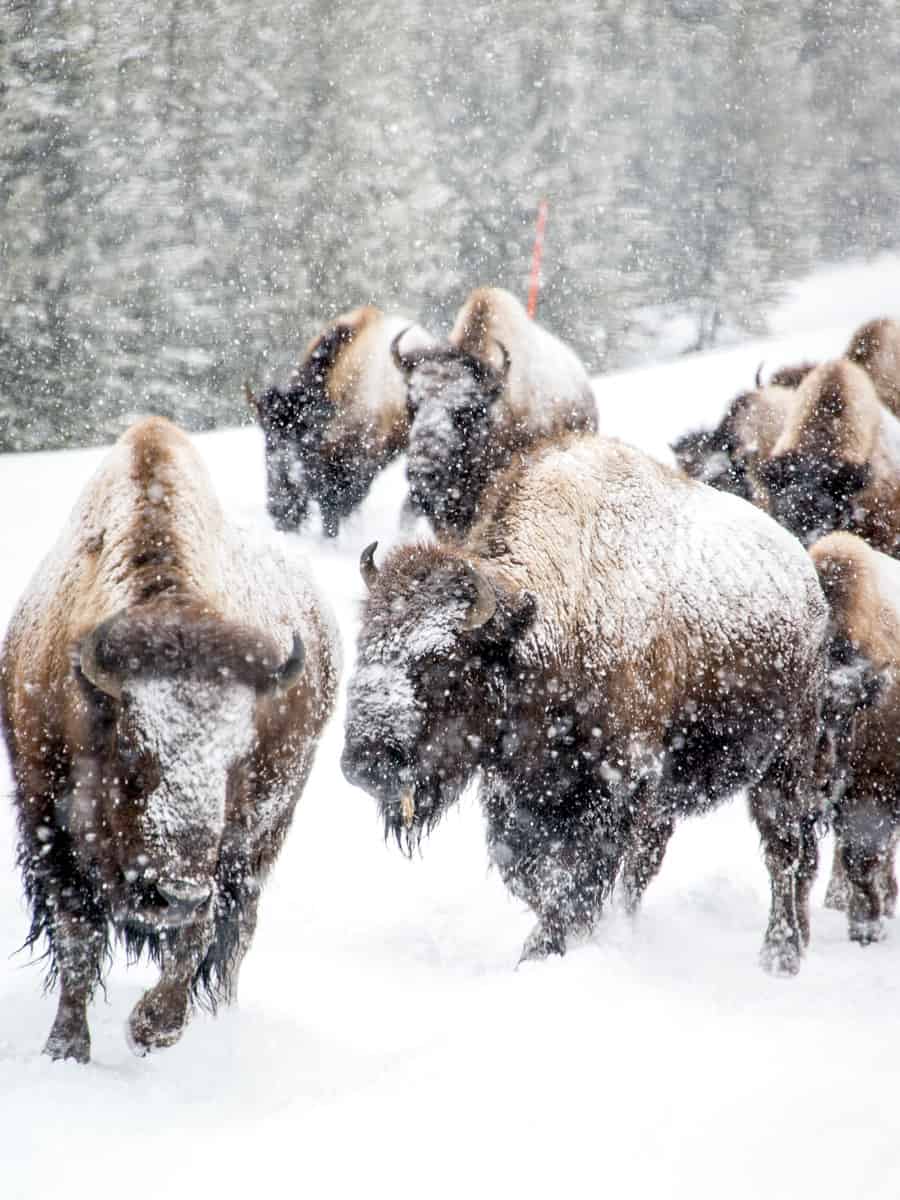
As you explore Yellowstone in the winter, watch for the majestic bison. These resilient creatures are known for their ability to traverse through deep snow in search of food.
To spot them, look for their tracks in the snow, which can lead you to a bison herd. Bison, or Bison bison, are North America's largest land animals and can weigh up to 2,000 pounds, making them an awe-inspiring sight in the park.
2. Elk (Cervus canadensis)
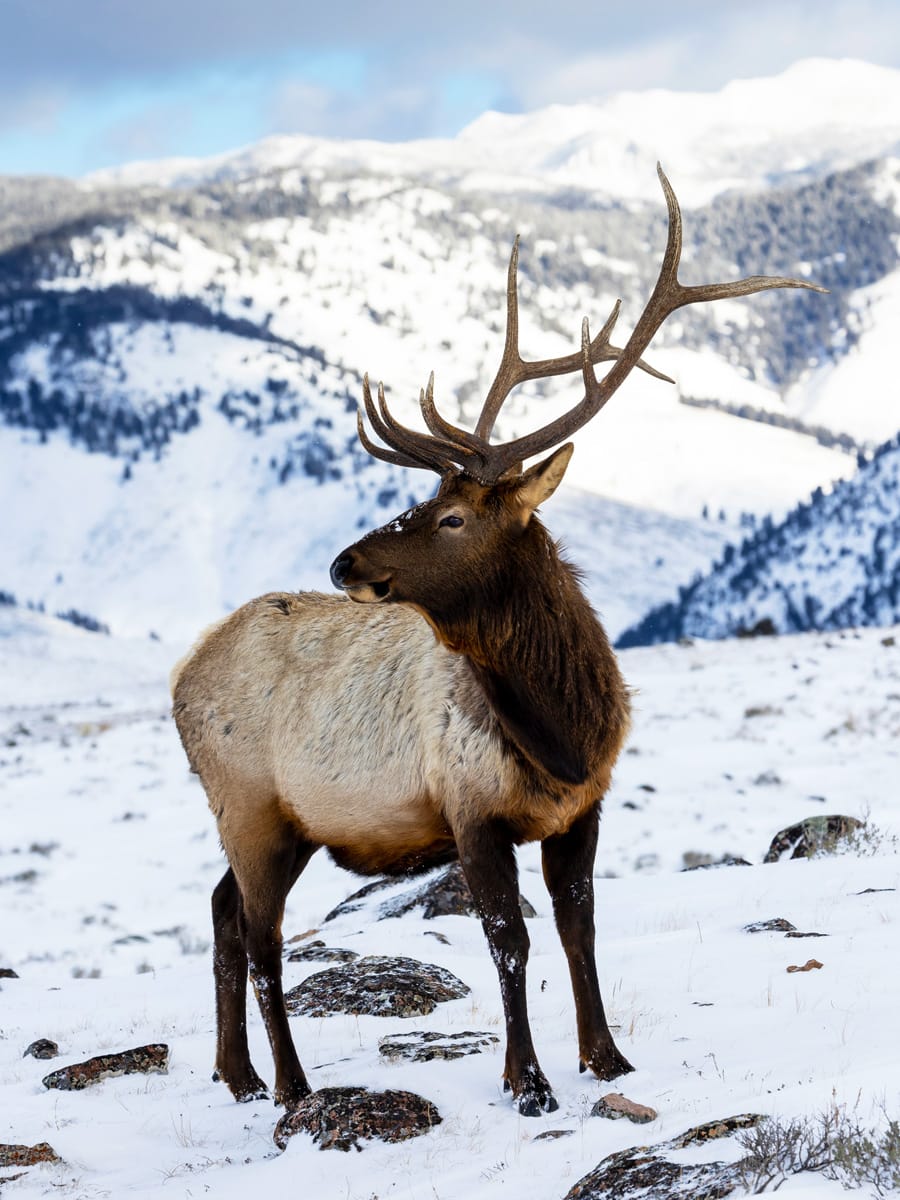
Yellowstone's winter landscape is also home to elk, which adapt to the cold by migrating to lower elevations within the park. The Lamar Valley is a great place to look for these magnificent creatures.
Observing elk in their natural habitat is an unforgettable experience, and you'll be struck by the grandeur of their impressive antlers, which can span up to 4 feet wide.
3. Wolves (Canis lupus)
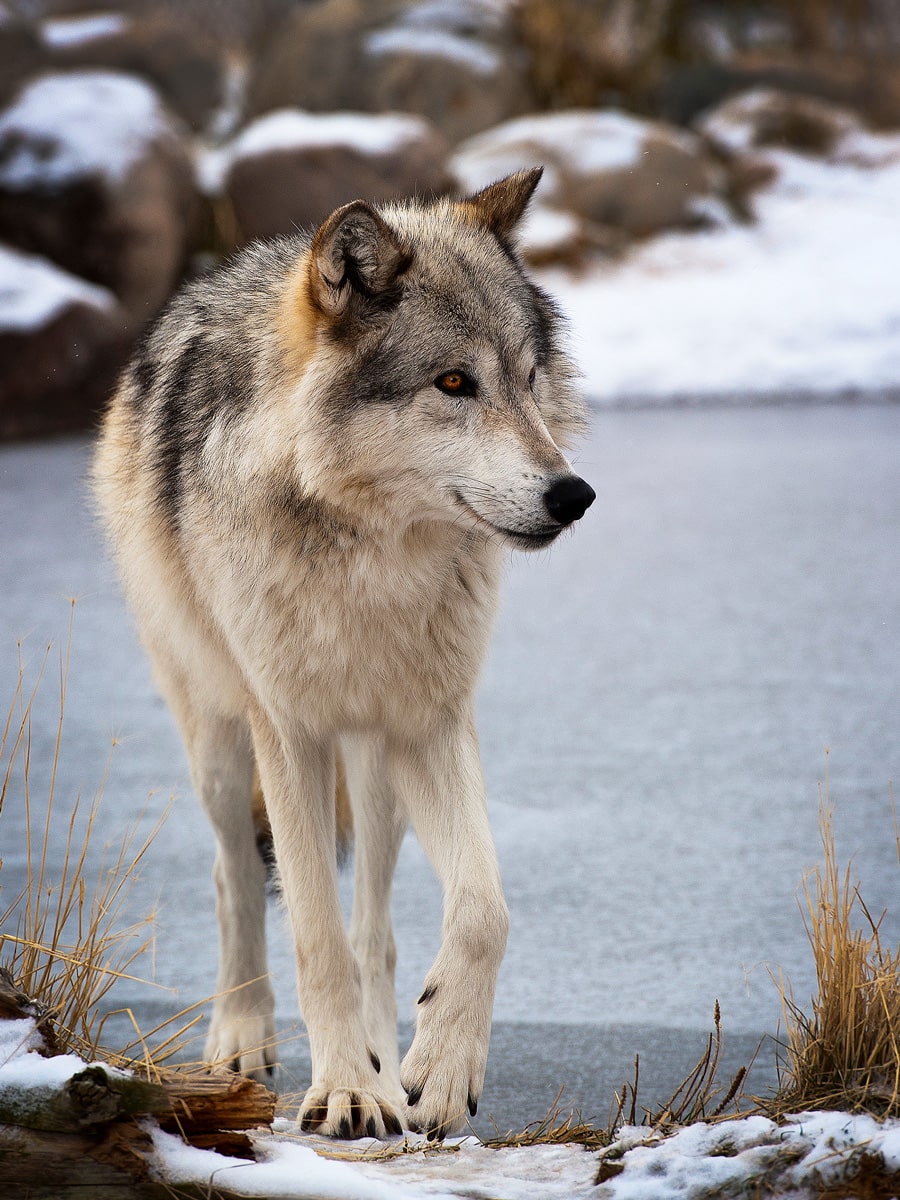
If you're lucky, you might have the opportunity to witness the park's wolves in action during the winter months. Wolves are highly active during this time, making it a prime season for sightings.
To increase your chances of spotting them, consider joining a guided wolf-watching tour for expert insights. These social animals live in tight-knit family groups known as packs and are fascinating to observe.
4. Coyotes (Canis latrans)
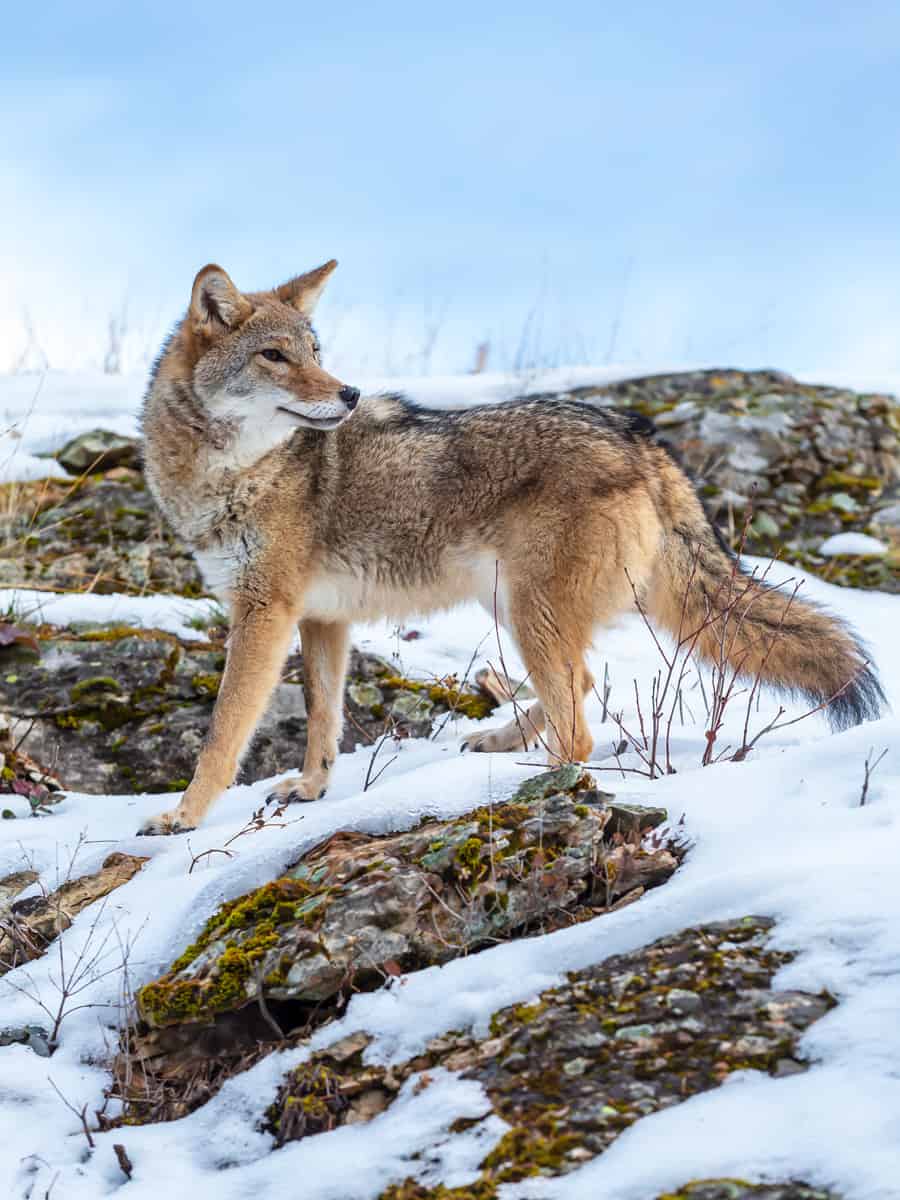
Another adaptable canid species you might come across in Yellowstone's winter wonderland is the coyote. These creatures are often seen foraging in the snow, using their keen senses to locate prey.
When exploring the park, especially near roadsides, drive slowly and watch for these resourceful animals. Coyotes are known for their diverse diet, which includes small mammals and vegetation.
For a detailed process on coyote spotting, watch the instructional video below :
5. Red Foxes (Vulpes vulpes)
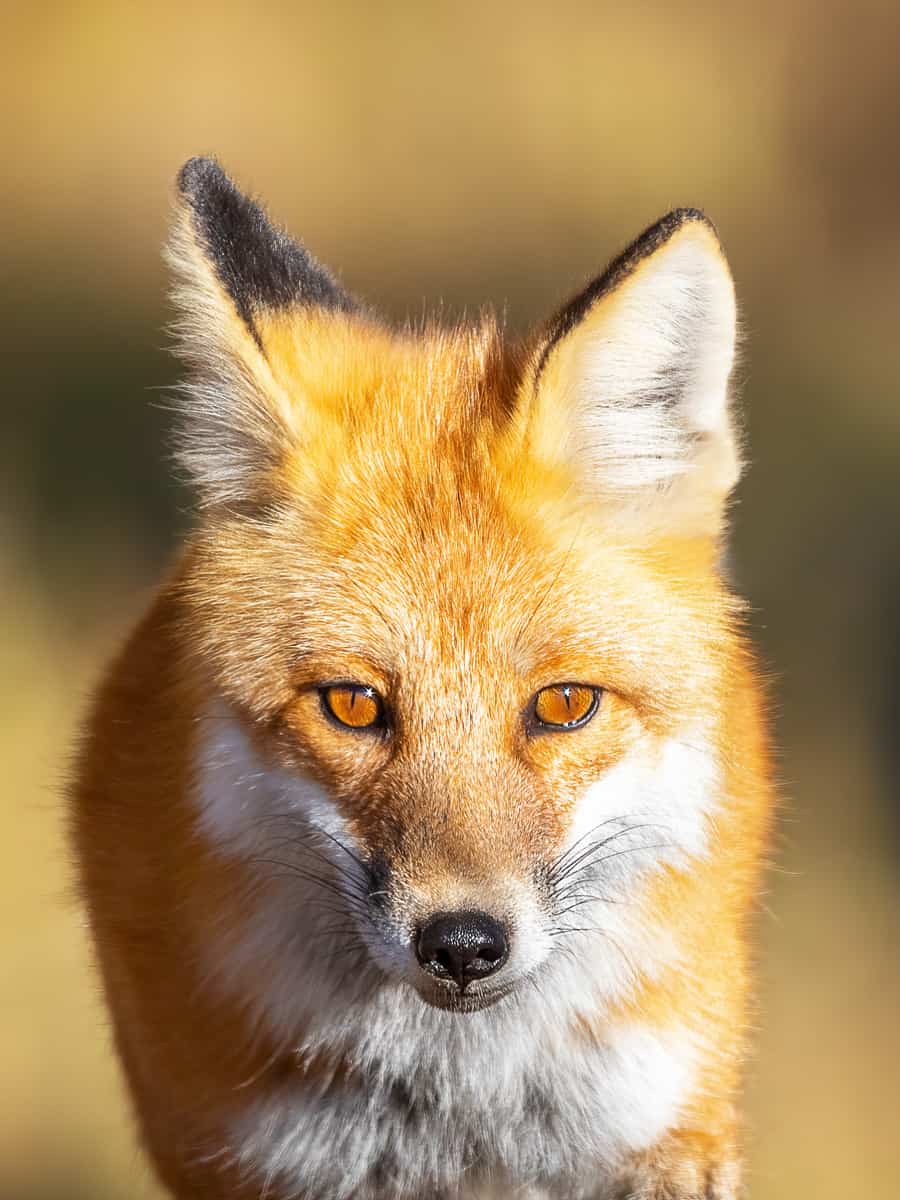
With their thick winter coats, red foxes become active hunters in Yellowstone's snowy landscape. You can often spot them foraging for food in snow-covered fields or hillsides.
Keep an eye out for their dens, which they may use as shelter during the winter. Red foxes are beautiful and known for their intelligence and cunning hunting techniques.
6. Bald Eagles (Haliaeetus leucocephalus)
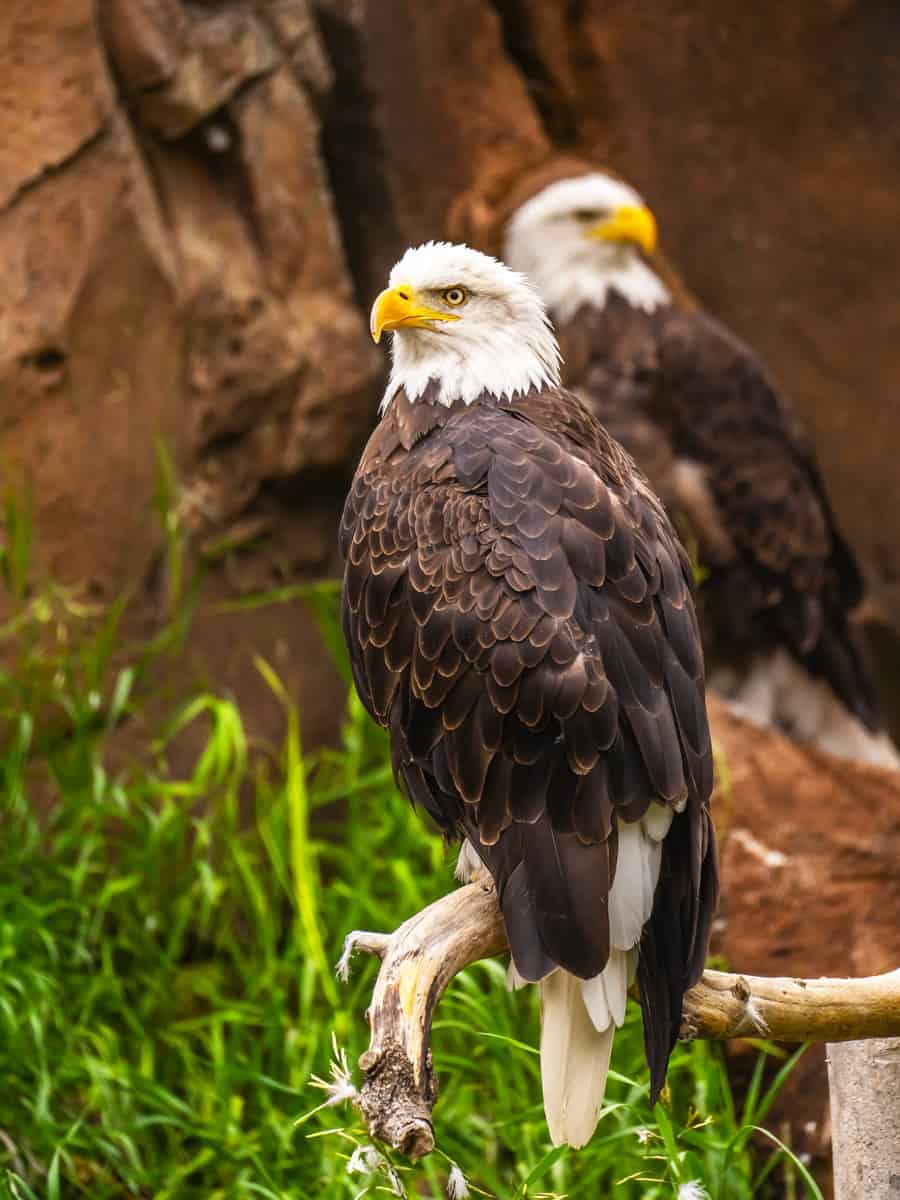
While exploring Yellowstone, don't forget to look to the skies and open bodies of water, such as Yellowstone Lake, where you might catch a glimpse of bald eagles.
These majestic birds are often seen near open waters or feasting on winter kills. One fascinating fact about bald eagles is their incredible eyesight, which allows them to spot prey from high in the sky.
7. Trumpeter Swans (Cygnus buccinator)
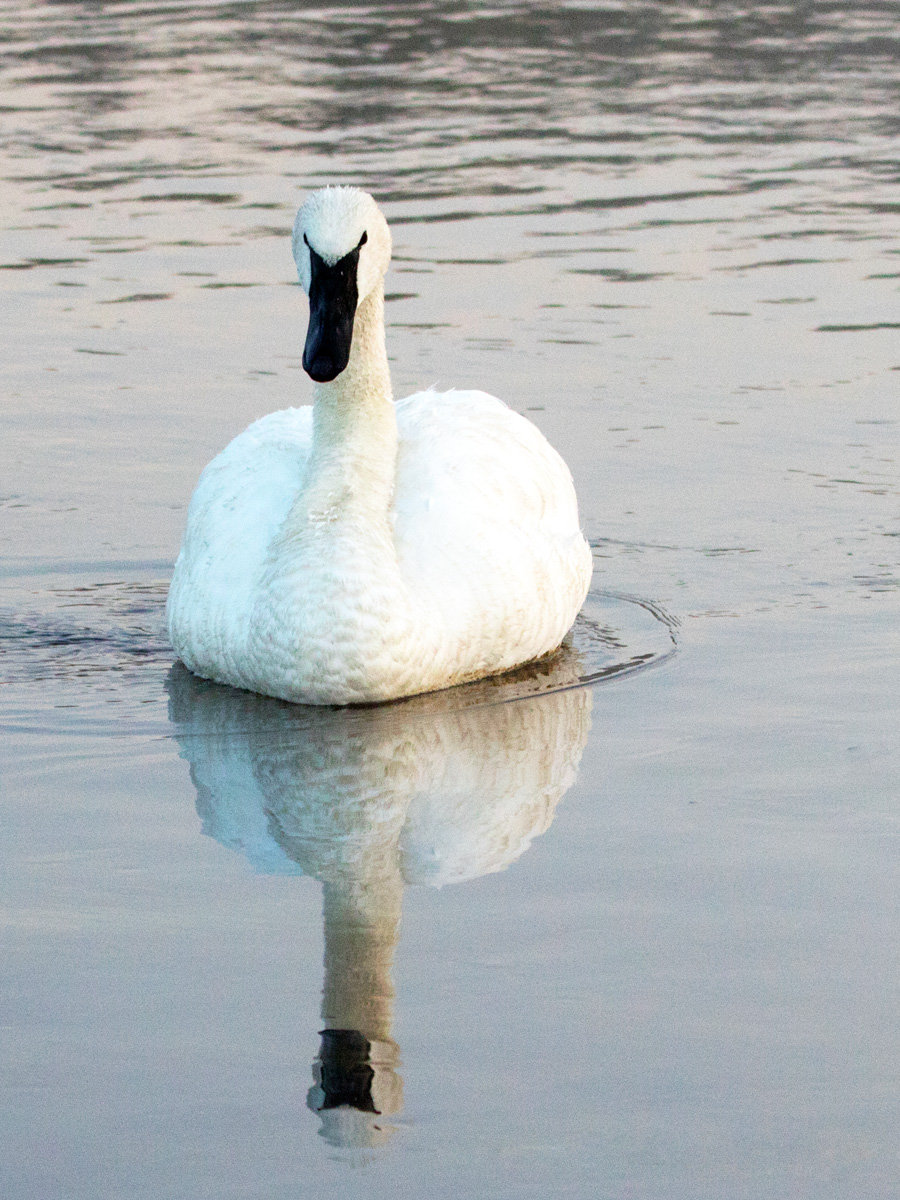
Watch the park's unfrozen rivers and lakes for a truly elegant sighting, where you might encounter trumpeter swans. These large waterfowl are known for their graceful takeoffs and landings.
With wingspans exceeding 6 feet, trumpeter swans, scientifically known as Cygnus buccinator, are North America's largest waterfowl and a captivating sight in Yellowstone's winter landscape.
8. River Otters (Lontra canadensis)
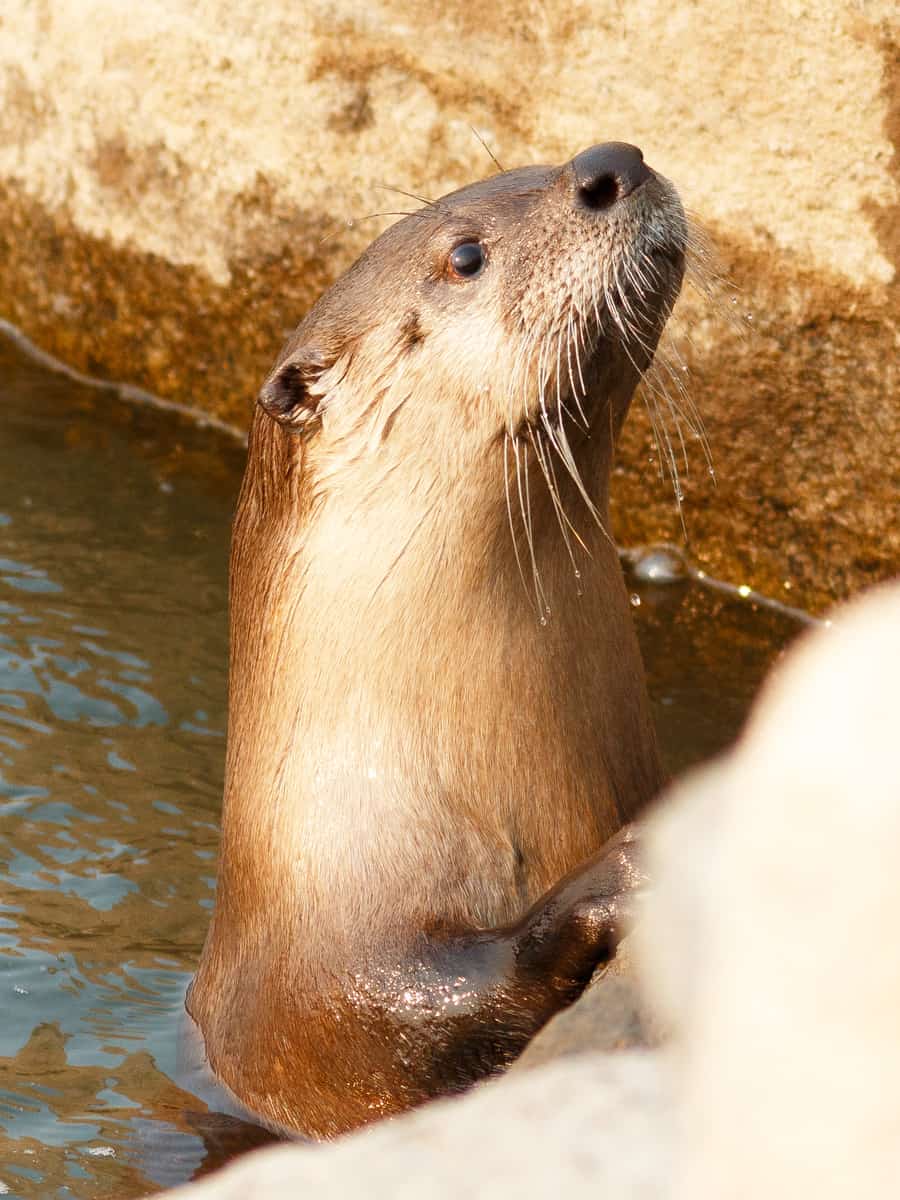
As you explore the park's unfrozen streams and ponds, you may be treated to the playful antics of river otters. These active creatures often slide on the snow and ice, bringing joy to onlookers.
River otters, scientifically referred to as Lontra canadensis, are superb swimmers, capable of staying submerged for up to 8 minutes, showcasing their impressive aquatic prowess.
9. Bobcats (Lynx rufus)
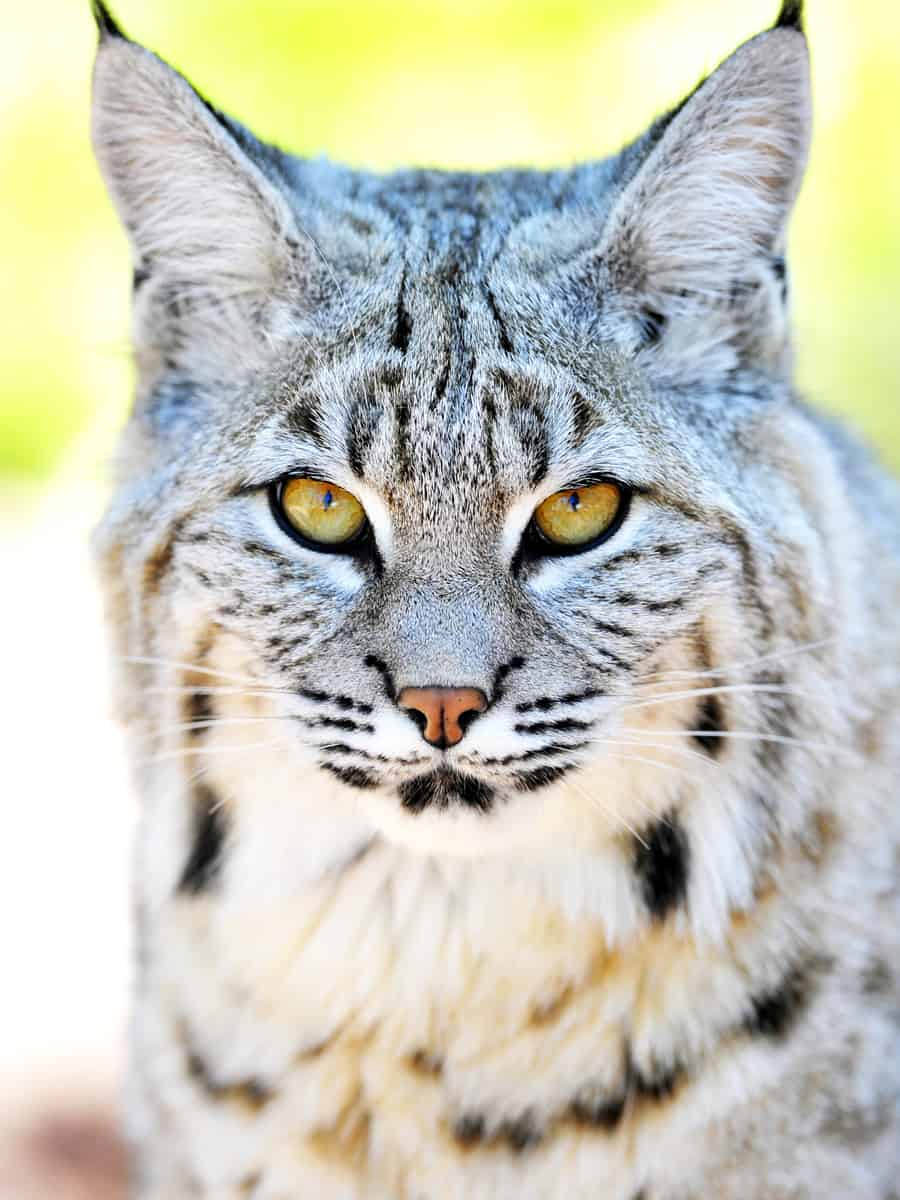
Though more elusive, bobcats can sometimes be spotted in the quieter areas of Yellowstone during winter. Have some patience and maintain a quiet presence to increase your chances of a sighting.
Bobcats are known for their distinctive tufted ears and a keen sense of hearing, which aid them in their solitary hunting endeavors.
10. Bighorn Sheep (Ovis canadensis)
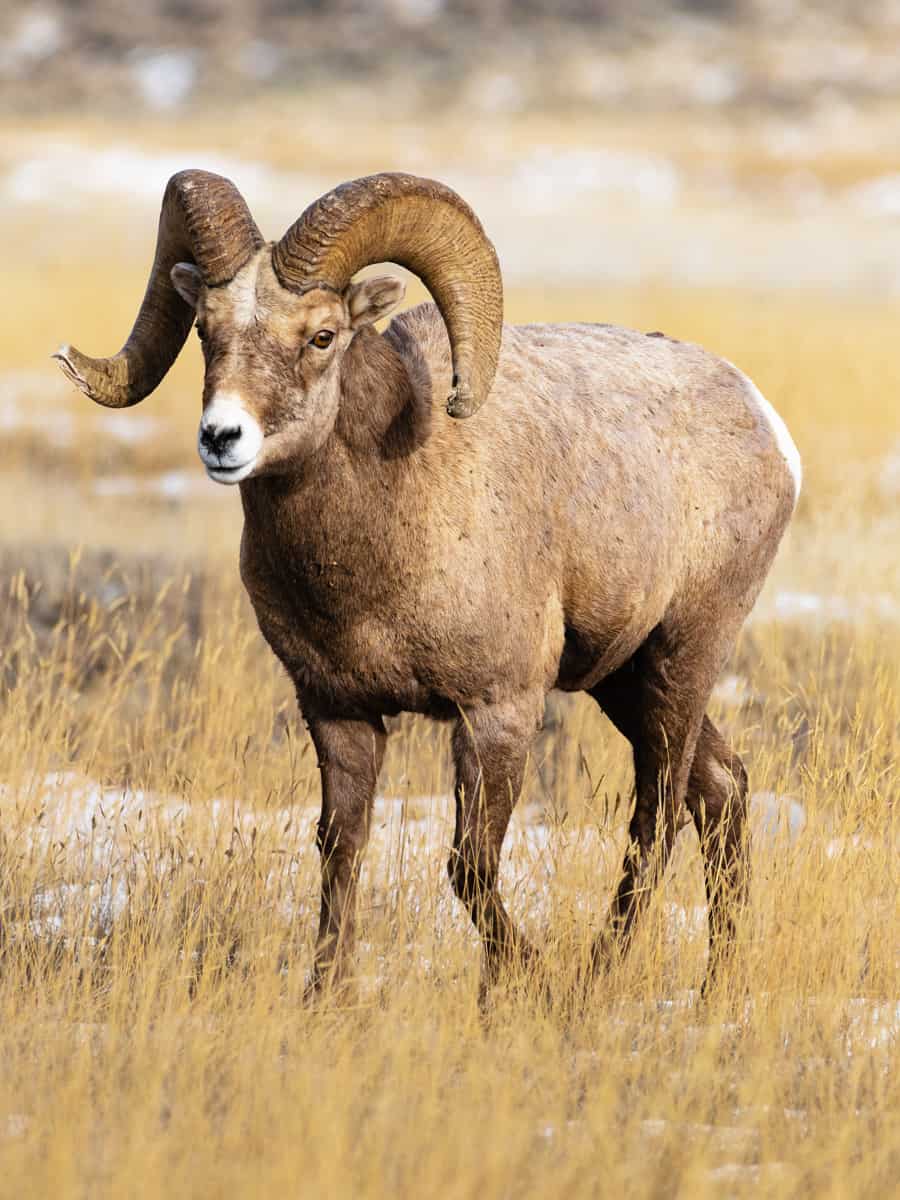
Keep an eye on rocky outcrops as you explore Yellowstone, as these are favorite grazing spots for bighorn sheep. Their impressive horns, weighing up to 30 pounds, are a remarkable sight against the winter landscape.
Bighorn sheep, scientifically known as Ovis canadensis, are well-adapted to the park's rugged terrain and a testament to nature's resilience.
11. Moose (Alces alces)
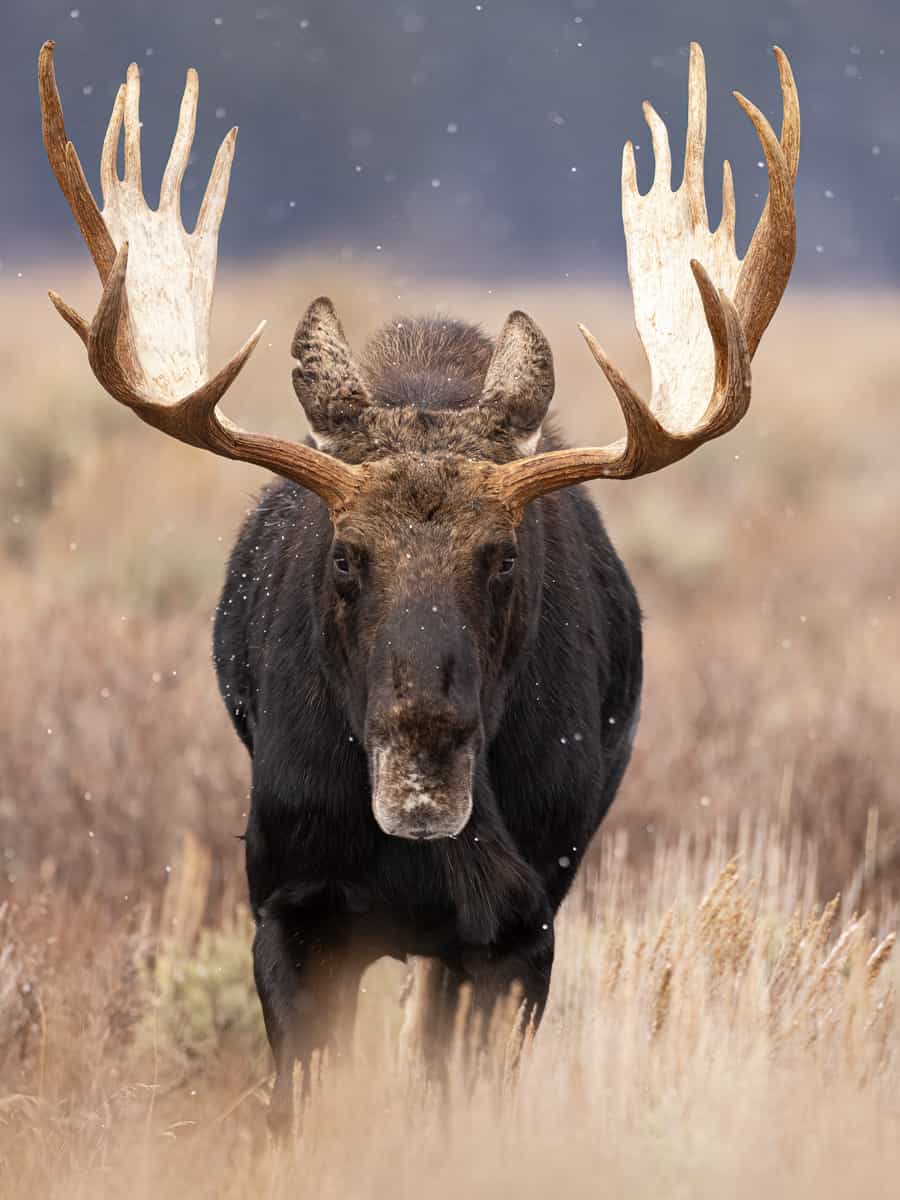
Against the snowy backdrop, moose become more easily spotted as they browse for food in marshy areas. Look for these iconic creatures while exploring Yellowstone's winter landscape, especially around Lamar Valley, as seen below.
Moose, scientifically referred to as Alces alces, are known for their size and are easily distinguishable, making them a sought-after sighting for wildlife enthusiasts.
12. Great Gray Owls (Strix nebulosa)
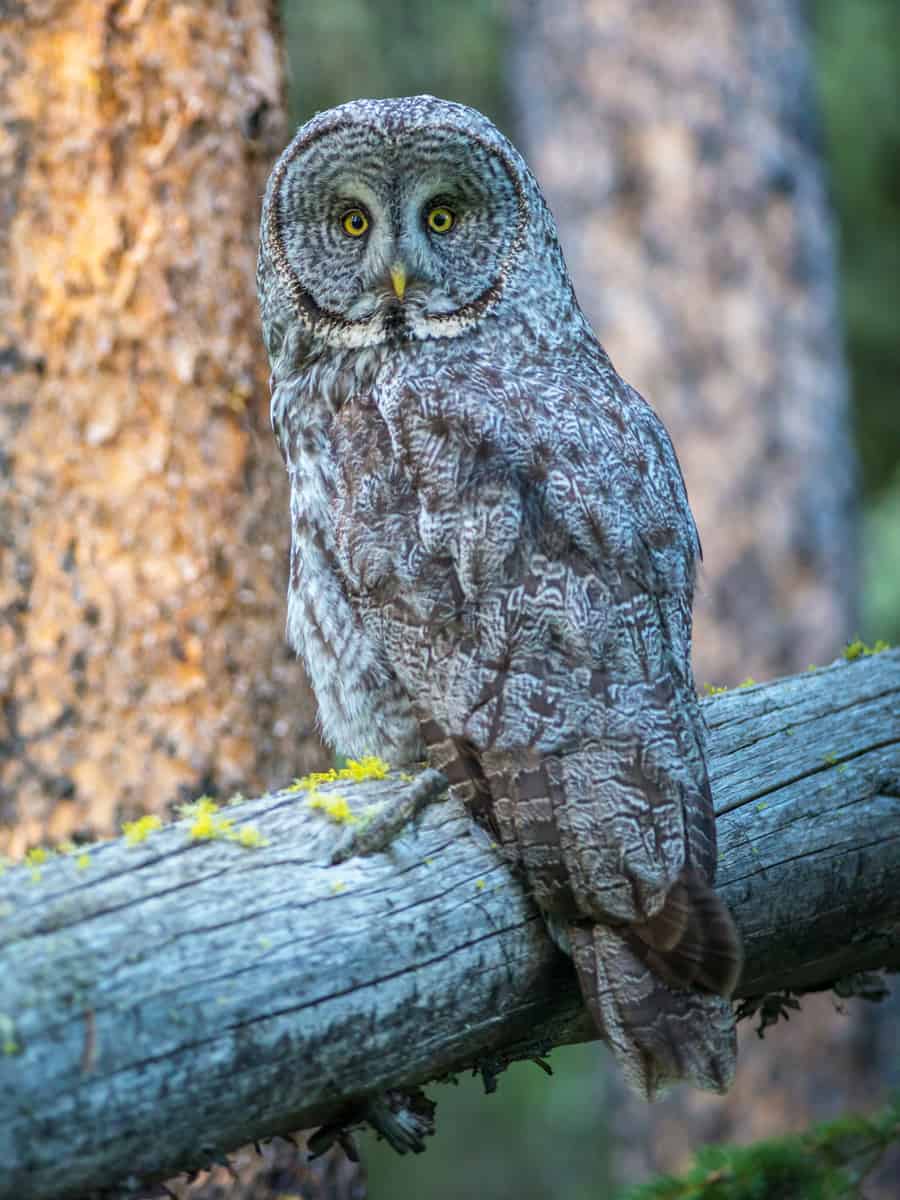
Keep an eye out for great gray owls during your winter visit to Yellowstone. They are active during the day, which makes them a unique sighting among owl species. Since they're trickier to find, check out a photographer's tips below:
13. Snowshoe Hares (Lepus americanus)
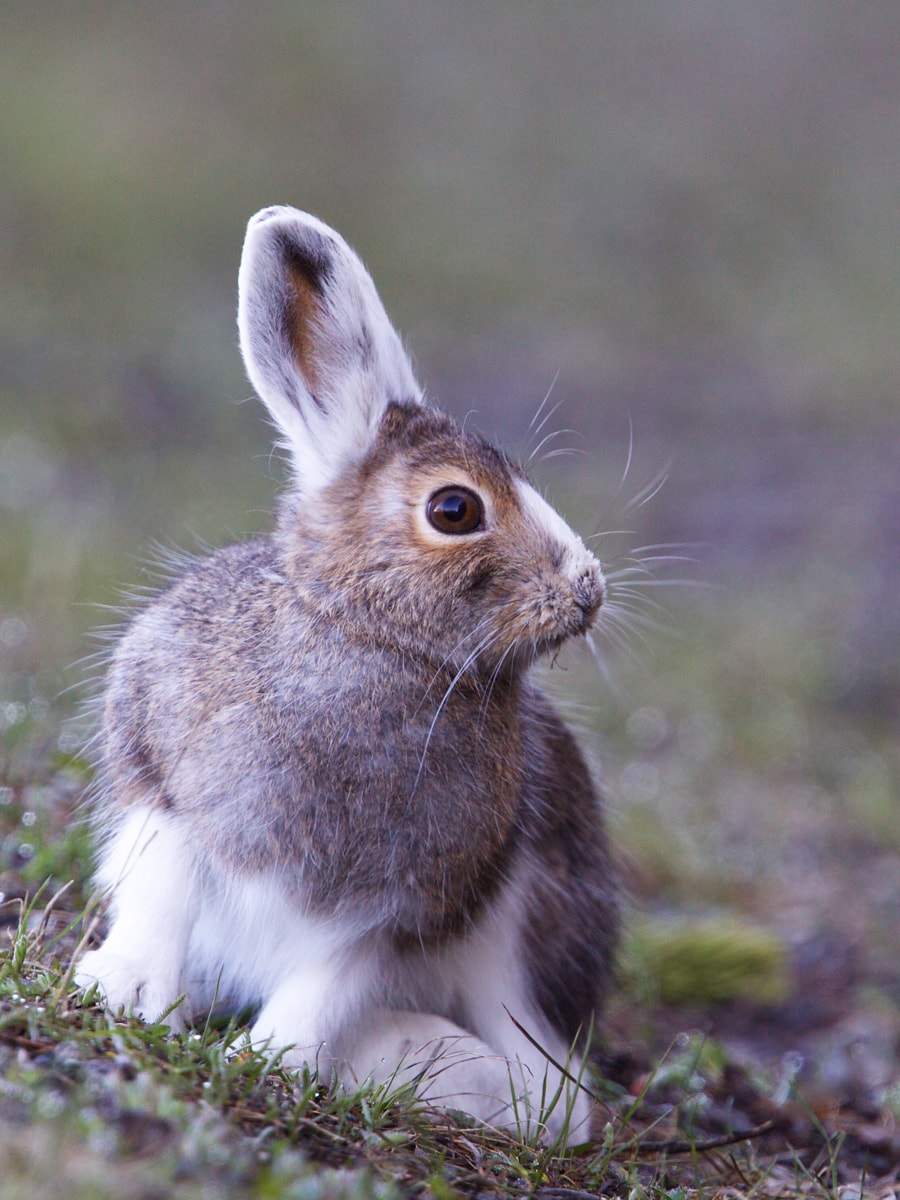
Snowshoe hares are perfectly adapted to blend in with the snowy surroundings of Yellowstone in winter. Their white winter coats provide camouflage, making them a challenge to spot.
Take your time and keep a keen eye out for these elusive creatures. They adapt to the changing seasons, shedding their white coat for a brown one in the warmer months.
14. Pine Martens (Martes Americana)
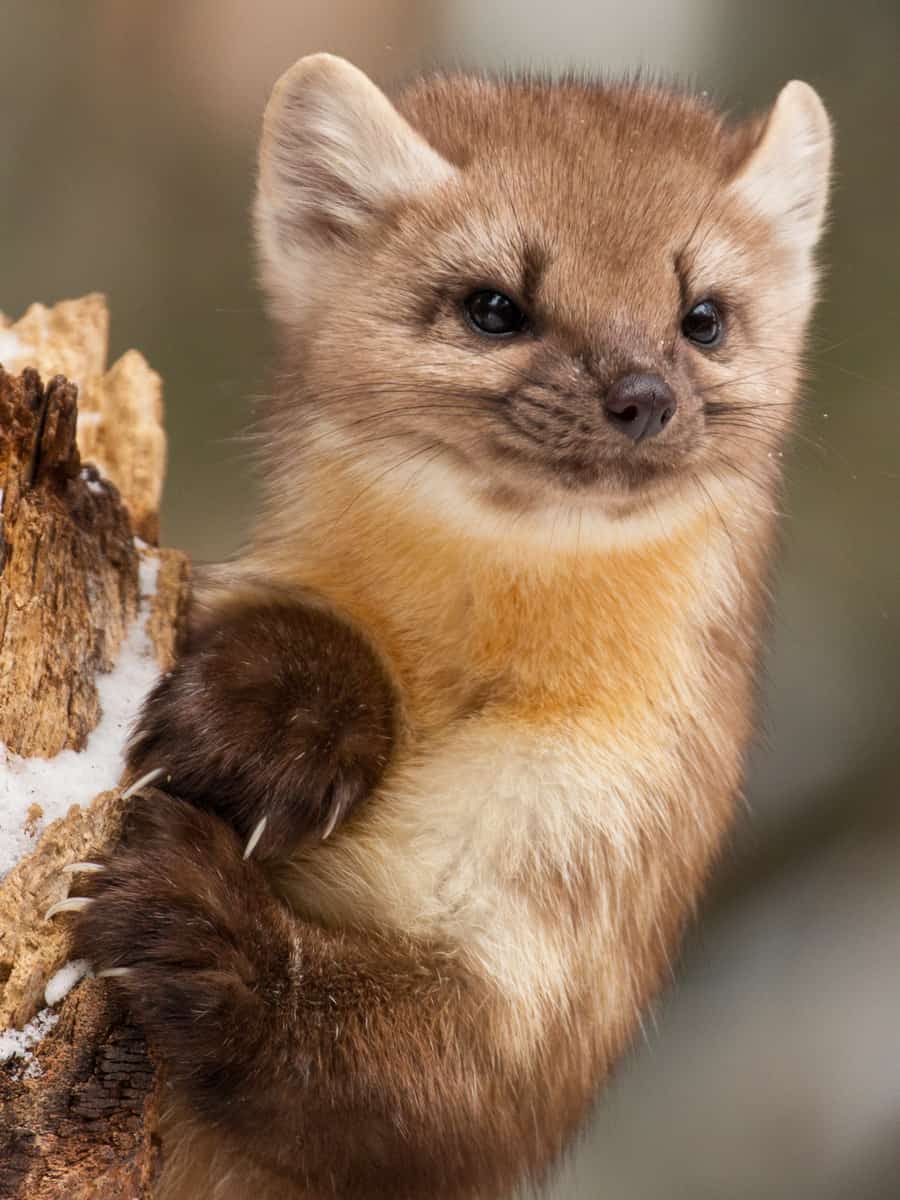
For a more arboreal wildlife experience, watch the trees closely for pine martens. These small, agile mammals often hunt for small prey in the trees.
Pine martens, scientifically called Martes americana, are expert climbers and add a unique dimension to your winter wildlife observations.
While you're there, you should check out the best spots to observe Yellowtone's ice-capped beauty here: 10 Stunning Views of Yellowstone’s Snowy Scenery
15. Pronghorn (Antilocapra Americana)
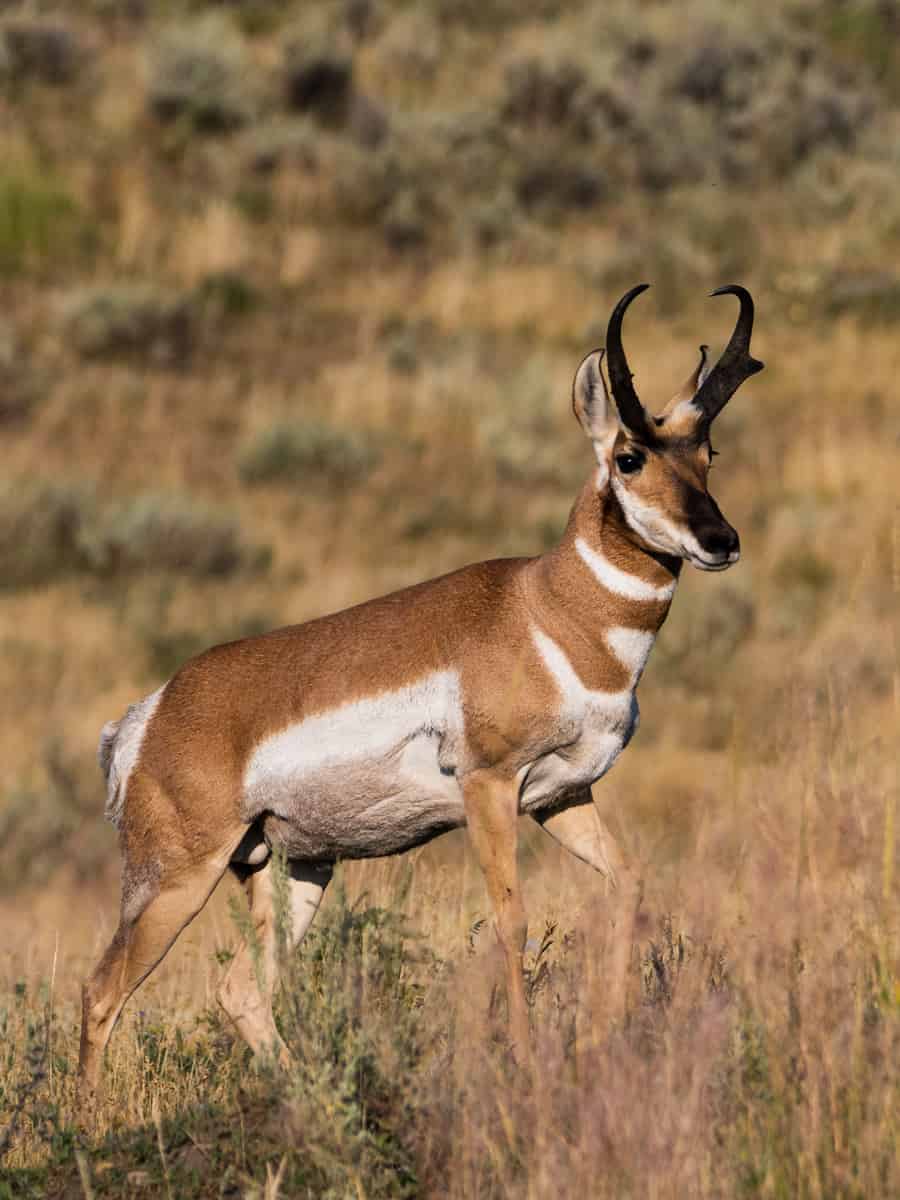
Though not as commonly seen in Yellowstone's winter landscape, pronghorns can still be spotted in the grasslands.
Look for these graceful animals, scientifically known as Antilocapra americana, between the North Entrance and Reese Creek and appreciate their unique presence in this winter wonderland.
Embrace the Magic of Yellowstone's Winter Wildlife
As you explore Yellowstone's wintry habitat, delight in every wildlife sighting, big or small. Bundle up, tread lightly, practice patience, and let nature inspire you.
Most importantly, stay safe and be equipped with these 22 Must-Haves for Your Winter Yellowstone Adventure.
By responsibly enjoying this snowy sanctuary, you support the preservation of essential habitats for unique, resilient wildlife. Winter reveals a special side of Yellowstone—embrace the magic!
